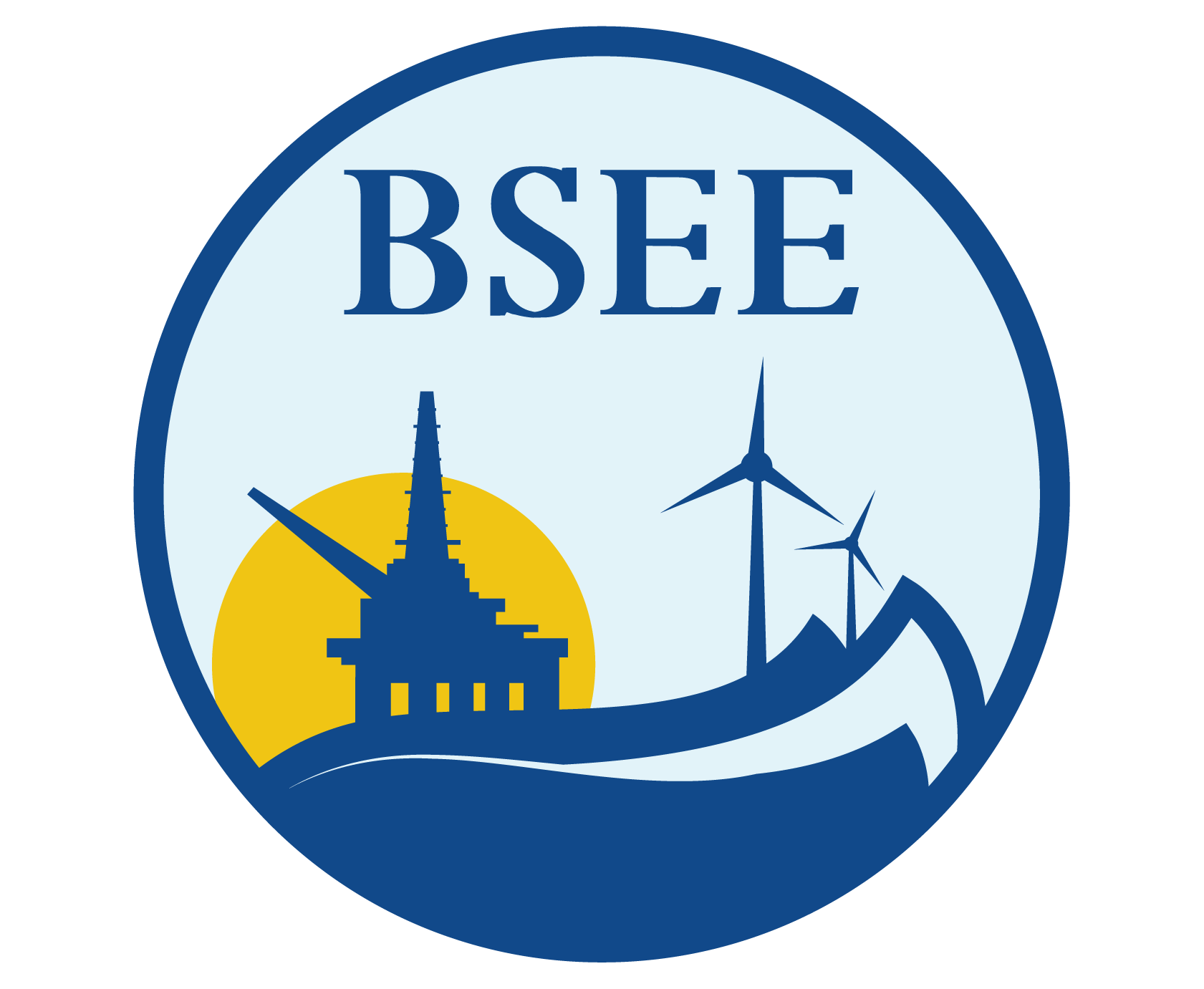Low Viscosity Fluids for Plugging Microfine Fractures
Gas migration through channels formed in cement sheaths is a major problem in producing oil and gas.�� This problem can cause gas pressure on the casing annulus, inter-zonal communication with lost production, or a blowout.�� One remedial technique is to perform a squeeze job to inject an extremely fine cement slurry. The cement may block some channels, but, there are problems with penetration and vertical migration. Another option is to use solids-free materials, like epoxy resins or polymer gels. These materials can't block all of the channels where the gas may migrate.
